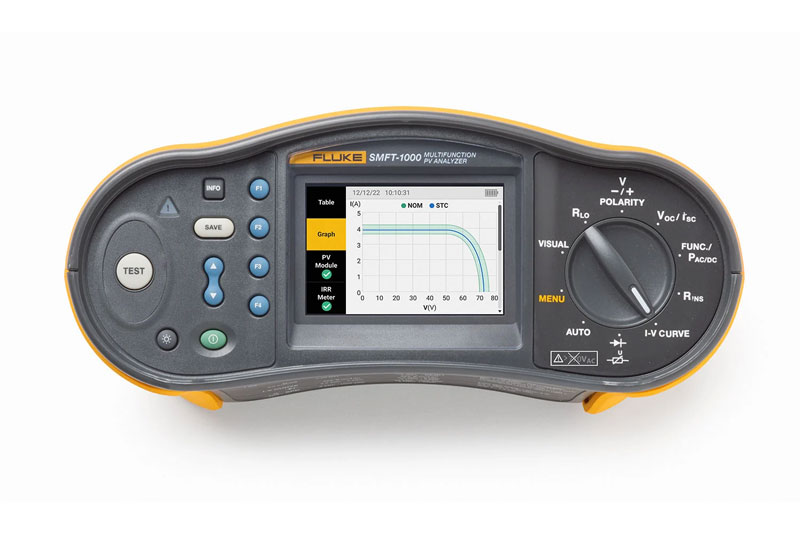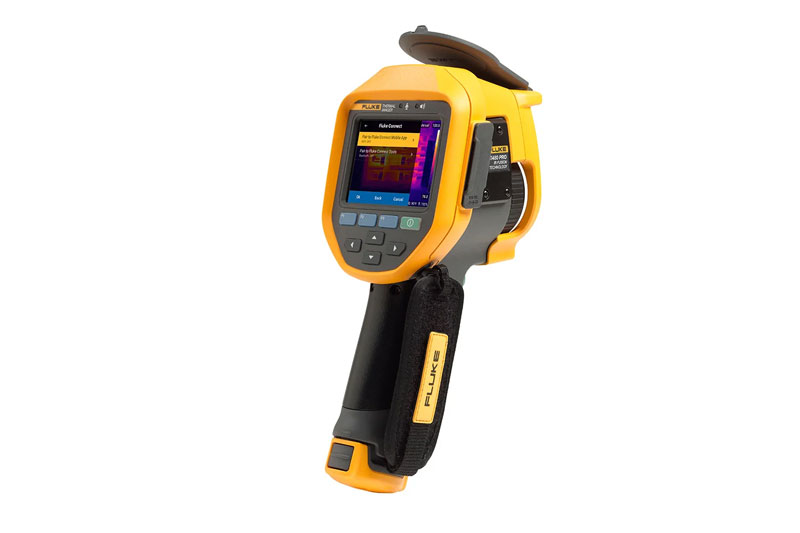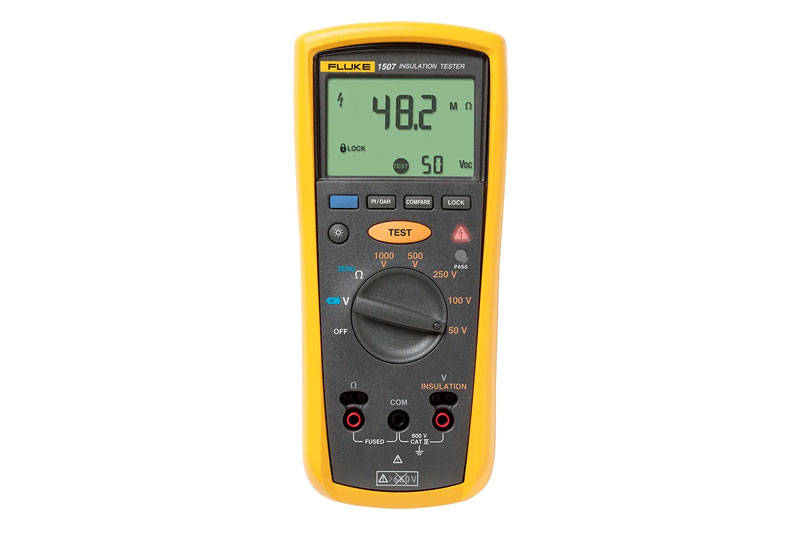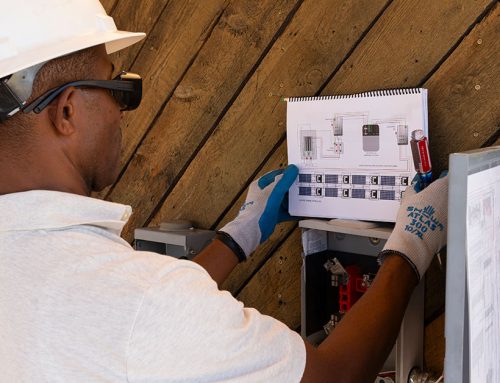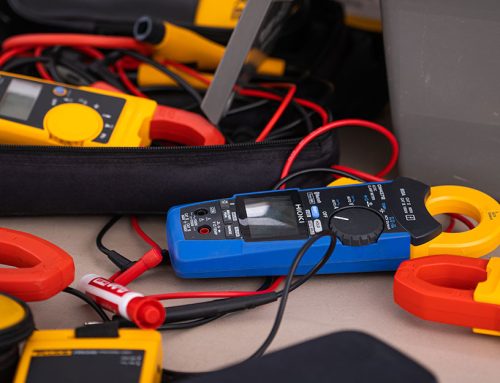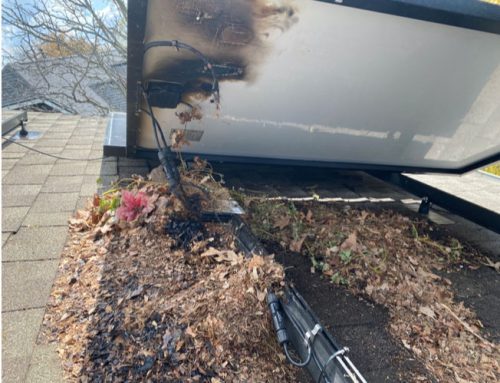Operations and maintenance (O&M) is critical for keeping solar photovoltaic systems performing at their best over their lifetime. While we often think of solar as a “set it and forget it” technology, proper maintenance ensures systems meet production targets, maintain warranties, and operate safely.
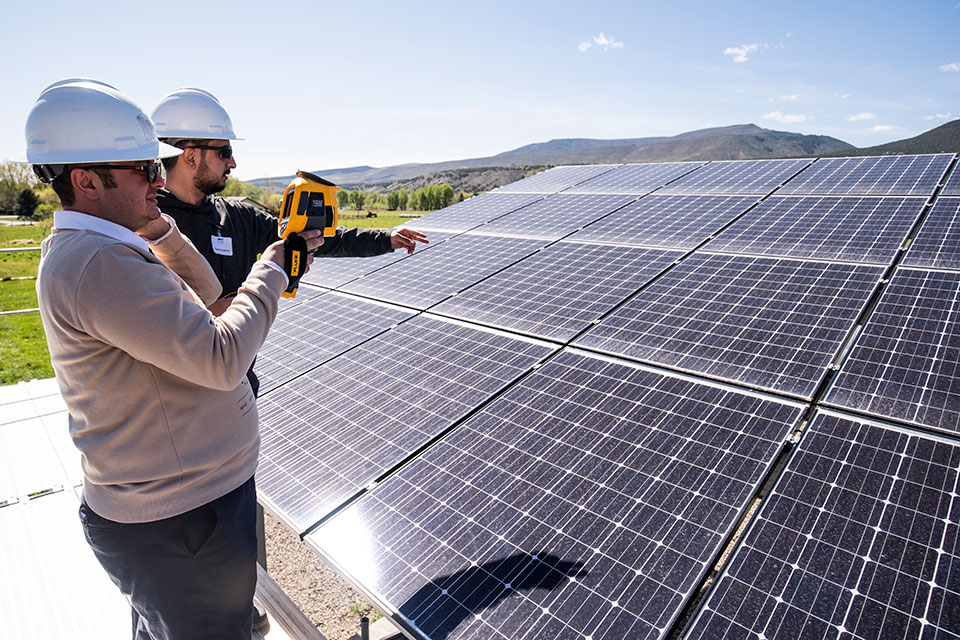 Why O&M Matters
Why O&M Matters
Proper O&M serves several key purposes for PV systems:
- Maximizes system availability and minimizes downtime
- Helps meet expected financial and energy production targets
- Maintains equipment warranties
- Ensures system safety and manages liability
- Provides data to inform future design decisions
The solar industry increasingly recognizes that O&M shouldn’t be an afterthought—it should be factored into system design and budgeting from the beginning. This approach ultimately saves money by improving reliability and reducing maintenance costs.
Preventative vs. Reactive Maintenance
PV maintenance requires a balanced approach between prevention and reaction. Preventative maintenance provides the foundation of system care—scheduled, predictable work that maintains health and meets warranty requirements. Like dental hygiene, it’s about addressing small issues before they become major problems. Reactive maintenance, though sometimes unavoidable, typically costs more and creates unplanned disruptions.
The most effective O&M strategies emphasize prevention while maintaining readiness for quick reaction when necessary. Even with rigorous preventative protocols, external factors like severe weather, wildlife damage, or equipment failures will occasionally demand immediate attention. The goal isn’t eliminating reactive maintenance entirely, but rather minimizing its frequency through thoughtful prevention, which ultimately improves system reliability while reducing lifetime maintenance costs.
Essential Diagnostic Tools
Let’s explore three critical diagnostic tools that should be in every solar technician’s toolkit:
I-V Curve Tracers: I-V curve tracers measure the relationship between current and voltage in a PV circuit, providing insight into how modules are performing. This tool allows technicians to:
- Test PV array performance independent of the inverter
- Establish baseline data at commissioning
- Verify performance against manufacturer specifications
- Troubleshoot specific issues with modules or strings
A key advantage is the ability to detect problems that wouldn’t show up using basic multimeter tests. For example, a module with a third of its cells bypassed due to damage would show normal open-circuit voltage and short-circuit current readings with a multimeter, but the I-V curve would reveal the issue through characteristic “humps” or “notches.”
Thermal Imaging: Thermal cameras have become an essential tool for O&M providers due to their efficiency and ease of use. They detect temperature differences that indicate potential issues in both PV modules and electrical equipment. Two main applications include:
- Aerial thermal imaging efficiently evaluates large arrays to identify modules or strings with issues. Drones or aircraft equipped with thermal cameras can quickly scan entire systems to find anomalies.
- Handheld thermal imaging is ideal for examining electrical equipment like combiners, inverters, and terminations, as well as for targeted troubleshooting of specific modules.
Common issues that thermal imaging can detect include non-operating strings or modules, bypass diode failures, cell hotspots, loose electrical connections, and blown fuses. It’s important to remember that thermal imaging shows symptoms rather than causes—additional troubleshooting is typically needed to determine the underlying problem.
Insulation Resistance Testing: Insulation resistance testing measures how well insulation prevents leakage of electrical current. This testing:
- Verifies conductor integrity during commissioning
- Establishes baseline data for future comparisons
- Helps locate ground faults during troubleshooting
For PV systems specifically, insulation resistance testing can identify which module or section of wiring has a ground fault. By systematically measuring voltages between the array’s conductors and ground, technicians can pinpoint fault locations with remarkable precision.
Practical Tips for Field Testing
PV maintenance requires a balanced approach between prevention and reaction. Preventative maintenance provides the foundation of system care—scheduled, predictable work that maintains health and meets warranty requirements. Like dental hygiene, it’s about addressing small issues before they become major problems. Reactive maintenance, though sometimes unavoidable, typically costs more and creates unplanned disruptions.
The most effective O&M strategies emphasize prevention while maintaining readiness for quick reaction when necessary. Even with rigorous preventative protocols, external factors like severe weather, wildlife damage, or equipment failures will occasionally demand immediate attention. The goal isn’t eliminating reactive maintenance entirely, but rather minimizing its frequency through thoughtful prevention, which ultimately improves system reliability while reducing lifetime maintenance costs.
Conclusion
Effective solar O&M requires both proper planning and the right diagnostic tools. I-V curve tracers, thermal cameras, and insulation resistance testers provide complementary data that helps technicians identify and resolve issues efficiently.
As the solar industry continues to mature, comprehensive O&M strategies become increasingly important to ensure systems perform reliably over their 25+ year lifespan. Investing in proper maintenance practices and diagnostic tools ultimately protects the long-term value of these renewable energy assets.

